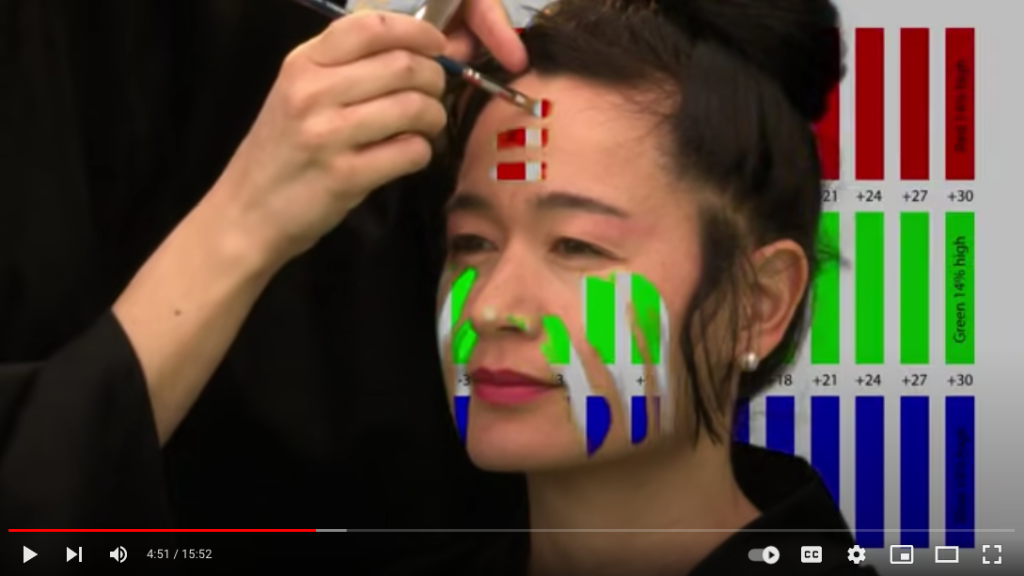
How Not to Be Seen—a video by artist and critic Hito Steyerl—presents five lessons in invisibility. As titles that divide the video into distinct but interrelated sections, these lessons include how to: 1. Make something invisible for a camera, 2. Be invisible in plain sight, 3. Become invisible by becoming a picture, 4. Be invisible by disappearing, and 5. Become invisible by merging into a world made of pictures.1
Some of these methods may seem impossible. How, for example, can someone in plain sight go unseen? Steyerl herself often ponders this question. Her work is fueled by her critical examination of the production, use, and circulation of images from the mid-twentieth century into the Information Age. Referring to the countless images generated and circulated by such sources as social media and surveillance technologies, and the impact of these technologies on our lives, she asks: “How do people disappear in an age of total over-visibility?…Are people hidden by too many images?…Do they become images?”2
A satirical take on instructional films, How Not to Be Seen features a mix of actual and virtual performers and scenes, which illustrate the strategies for becoming invisible, communicated in an authoritative narrative voiceover. In the fourth lesson, the narrator outlines ways of disappearing—including “living in a gated community” or “being a disappeared person as an enemy of the state”3—while panning shots of architectural renderings of luxury living and public spaces, populated largely by computer-generated people, unfold across the screen.
Among the video’s central symbols is a real place: a patch of marked concrete in the California desert once used by the U.S. Air Force to calibrate their surveillance cameras. The concrete is riddled with cracks and desert scrub. As the artist indicates throughout her video, sites like this have fallen into disrepair not because surveillance has stopped, but because more advanced systems are now in use, which do not need to be tested there. These newer systems ensure that we are always visible, and might benefit from her lessons in how not to be seen.
(MoMa)